The full legalization of industrial hemp cultivation means we can finally make the most out of hemp as a material. The plant has tens of thousands of possible uses, with hemp fabric among the most commonplace.
Indeed, humankind used hemp to make clothing for millennia. As late as 1920, up to 80% of clothing in the United States contained hemp. However, the Marihuana Tax Act of 1937 banned the growth, possession, and sale of hemp and cannabis.
The last 80+ years have represented a missed opportunity. We have become dependent on fabric that is inferior and potentially harms the environment. Now that hemp cultivation is back on the agenda, it is time to begin hemp fabric production.
Last year, licensed farmers grew over 511,000 acres of hemp across 34 states.
This figure may fall slightly this year due to a surplus of hemp flower and regulatory uncertainty. On the plus side, 47 states grew legal hemp. While much of the cultivated crop will go to the CBD industry, there is plenty left to create hemp fabric.
Although hemp has many great uses, it is not the ‘perfect’ material. In this article, we look at the pros and cons of using it.
5 Cons of Hemp as a Material
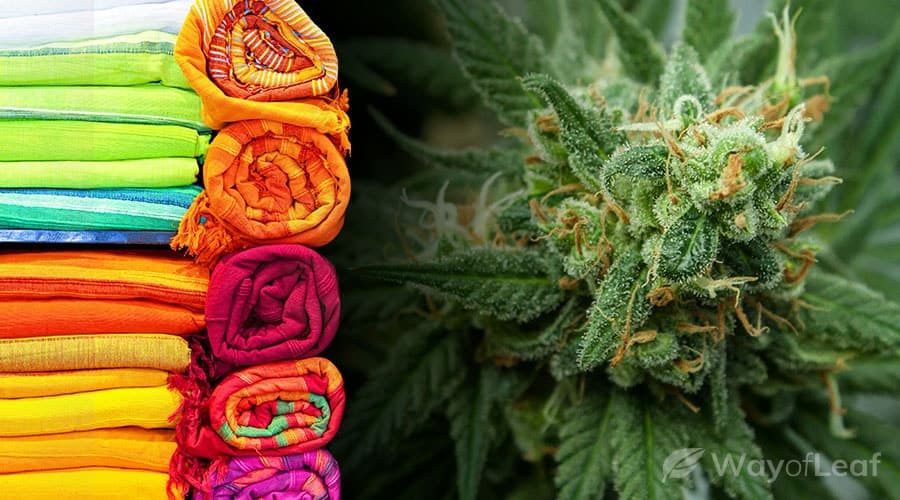
1 – Hemp Fabric Is Expensive
At present, hemp clothing is expensive compared to nylon, cotton, linen, or other commonly used materials. Although production is growing, it still lags well behind its rivals. In 2018, for example, the world produced around 60,000 tons of hemp fibers. In comparison, we produced over 30 million tons of cotton!
Whenever something is new, and supply is relatively limited, the price goes up. However, as interest grows and production increases, the price will gradually fall. Eventually, hemp fabric’s price will drop, though it is unlikely ever to be as cheap as cotton.
2 – Hemp Fabric Tends to Crease
Like most fabrics made from natural fibers, hemp wrinkles and creases easily. It is also scratchy, so you may have to invest in hemp blended with other materials for now. If you use pure hemp clothing, you will have to use chemical treatments to keep it strong and elastic. Hang the garment up overnight to allow the wrinkles to fall out. You may also need to iron the item.
3 – Hemp Fabric Requires Extra Care
These days, people like to throw their clothes in the washing machine, press a button, and get on with their life. Cotton and nylon fabrics allow them this luxury, while hemp does not. Clothing made from this material tends to shed a little bit during the first wear.
When laundering hemp fabrics, make sure you use cold water, and avoid chlorine bleaches. Ideally, you will allow the hemp to air dry. The process of using a dryer could cause wrinkles, and the item of clothing could shrink. However, it is possible to dry clean hemp clothing.
4 – Hemp Fabric Lacks Color
As it is a natural material, it doesn’t carry the same color richness as its synthetic counterparts. Therefore, it potentially won’t look as ‘stylish,’ but it will have an authentic organic look.
Also, hemp isn’t put through chemical processes and colored with environment-damaging dyes. Indeed, hemp fabric is exceptionally challenging to dye in the first place. As hemp isn’t colorfast, it is wise to wash dark colors separately. Alternatively, consider using a dye catcher sheet.
5 – Hemp Fabric Has a Bad Reputation
Even though it is legal to grow hemp in the United States, many people have trouble telling the difference between hemp and marijuana. This even includes law enforcement! As a result, it remains difficult to promote or champion hemp clothing for fear of it being mistaken for an illegal drug. Even now, certain advertising forums ban the word ‘hemp.’
This will eventually change as more ‘chic’ brands begin advertising and selling it.
5 Pros of Hemp as a Material
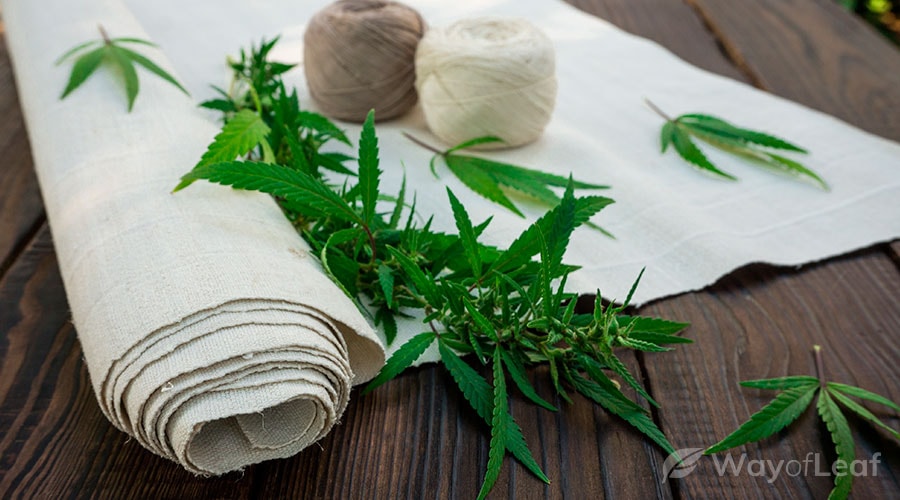
1 – Hemp Fabric Is Eco Friendly
It is one of the most environmentally friendly fabrics available. It requires no pesticides to grow and can crowd out weeds without the need for herbicides. Hemp controls the erosion of topsoil and produces oxygen. Moreover, the process of growing hemp is carbon negative because it absorbs more CO2 than trees. Also, the fabric is biodegradable.
As well as being naturally resistant to many insect species, hemp requires relatively little water to cultivate. Hemp farming uses half as much water as cotton. Very little is wasted in the hemp production process. We can use the stalks for fiber and the seeds for food supplements and hemp oil.
Hemp produces more fiber per acre than trees, and you can plant up to three crops worth in a single year.
2 – Hemp Fabric Is Weather Resistant
By now, surely everyone knows the dangers of the sun’s UV rays. This is why we are advised to wear sunscreen when out in the sun. You still need to wear sunscreen with hemp clothing but benefit from an extra layer of protection.
Hemp’s thread count is extremely high, which means it is woven tightly. As a result, the sun’s rays are unable to penetrate the material. Best estimates indicate that hemp filters up to 95% of UV rays.
3 – Hemp Fabric Is Extremely Durable
Hemp clothing is remarkably lightweight and absorbent. It has several times the tensile strength of cotton. This is something that ancient civilizations were aware of. After all, they began spinning it into fiber at least 10,000 years ago!
Overall, hemp clothing will last longer than its synthetic counterparts. You might experience discomfort when you wear it at first. However, over time, you will grow to enjoy the feeling. Clothing, such as hemp t-shirts, is breathable, and the fabric does a great job of absorbing sweat. It doesn’t wear easily after a few washes as long as you follow washing instructions. Also, it gets softer and gentler over time.
4 – You Can Blend Hemp Fabric with Other Materials
You can combine it with other fibers to get the most of the benefits of other materials. Prime examples include hemp & cotton or hemp & silk. If mixed with another natural material, the combination could remain biodegradable. You can get the benefits of durability and extra comfort without hurting the environment.
5 – Hemp Fabric Is Cost-Effective
One of the downsides of hemp material is its current cost. Therefore, you are probably wondering how it is ‘cost-effective.’ We refer to its potential rather than the current situation.
Remember, hemp requires less water than cotton and grows extremely quickly. Moreover, the consistent growth of the plant helps the soil rather than hinders it. This is because hemp returns up to 70% of the nutrients it takes from the soil. As a result, it is theoretically easy to increase production drastically.
Now that it is legal to grow hemp in America, companies can enter the mass production phase that will drive down costs. There is only one major hemp fabric variety. The quality, feel, and texture can vary, but the basic process is the same. This fact only makes it easier to mass-produce it.
Final Thoughts on the Pros and Cons of Hemp Fabric
It is incorrect to suggest that hemp is a ‘magical’ or ‘perfect’ material. It has several downsides, though none of them are deal-breakers. At present, it is relatively expensive, but a higher level of production will significantly reduce the cost. It isn’t as colorful or stylish as synthetic clothing. However, talented designers can change all that and transform hemp into clothing you’re proud to wear.
It can crease and needs extra care but isn’t this a small price to pay for an eco-friendly material?
Now that hemp cultivation is legal, the production of the crop will grow rapidly. We expect to see a huge increase in the number of hemp clothing options on the shelves shortly.
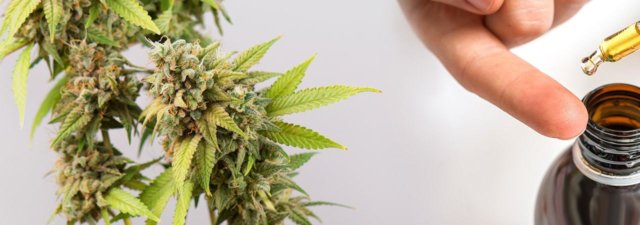
![How to Calculate THC Content for Edibles [Explained]](https://wayofleaf.com/wp-content/uploads/2020/12/wol-bannerhow-to-calculate-thc-content-for-edibles-640x225.jpg)



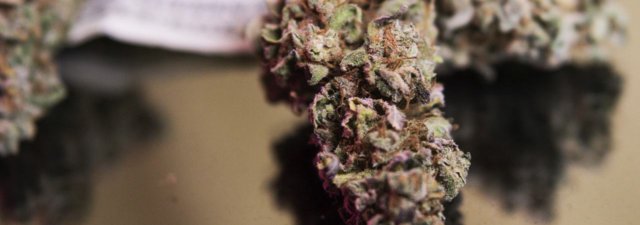



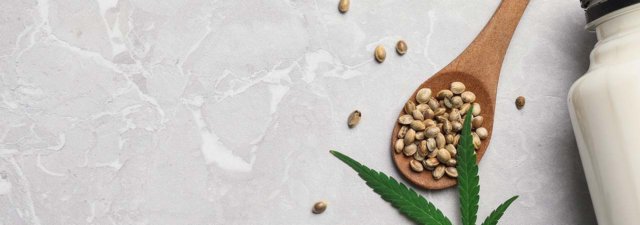
![How to Read CBD Third Party Lab Reports [Simply Explained…]](https://wayofleaf.com/wp-content/uploads/2019/05/wol_1920x450-13-640x225.jpg)

